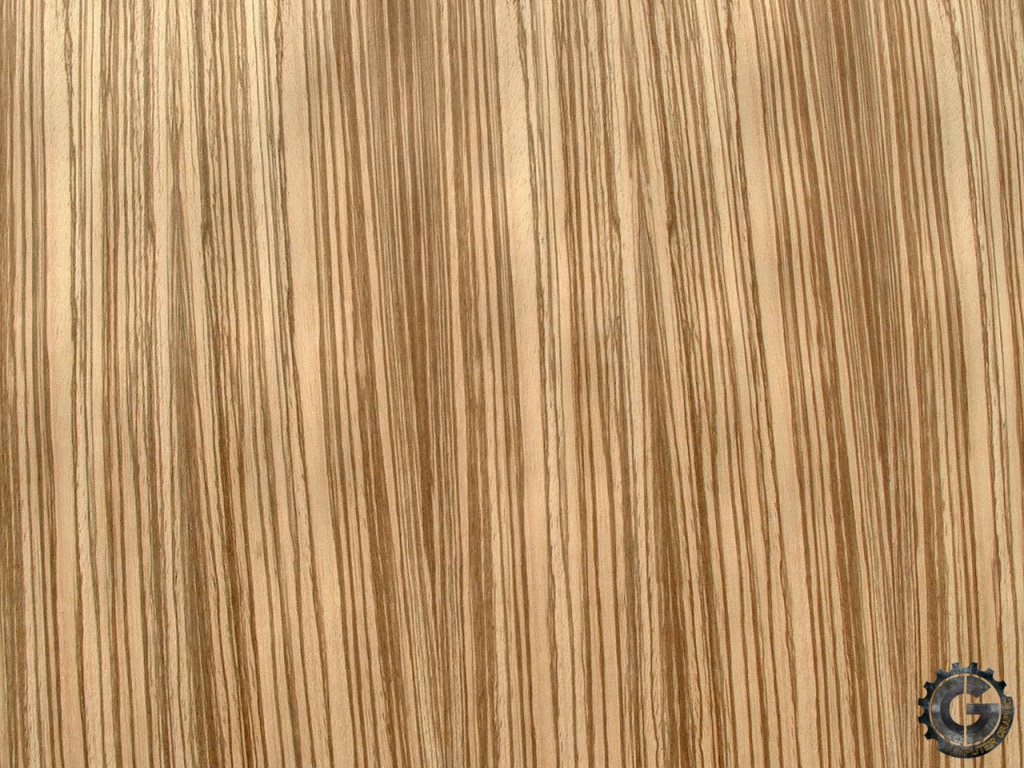

- Assigning two materials keyshot 6 how to#
- Assigning two materials keyshot 6 full#
- Assigning two materials keyshot 6 license#
- Assigning two materials keyshot 6 mac#
Step 2: Assign Your Materialsįrom the Library window, select the Materials tab. KeyShot also features many plugins with more features, including KeyShot BIP export and LiveLinking.
Assigning two materials keyshot 6 full#
Import your 3D model via File > Import… (hotkey: i) KeyShot supports more than 20 3D file formats, including SketchUp, SolidWorks, Solid Edge, Pro/ENGINEER, PTC Creo, Rhinoceros, Maya, 3ds Max, IGES, STEP, OBJ, 3ds, Collada, and FBX and USD (see the full list here). With a simple interface providing many advanced features and instant real-time feedback, you save time while focusing on your design. KeyShot’s drag and drop based workflow will have you rendering images in minutes.
Assigning two materials keyshot 6 license#
License Server Installation (PC) - Custom.Client Error: Unsupported KeyShot Version.
Assigning two materials keyshot 6 mac#
Server Error: Invalid Mac Address (HostID).Prefer Geometry Nodes or Textures: the format cannot handle both Geometry nodes (bubbles, flakes, displacement) and textures on a single part.Select File > Export > 3MF, select a location and give the file a name. See Table 1 above for the supported output features. 3MF format allows designers to send full-fidelity 3D textured model and color information to supported apps, services, and printers. The 3D Manufacturing Format (3MF) is developed by the 3MF Consortium and used for 3D printing. Simply select File > Export >FBX, select a location and name for the export and you are done. Meanwhile the FBX exporter will always convert the texture mapping to UV maps, using the default position, so any settings or transformations of the texture (scale/move/rotate) may be discarded. Widely supported 3D format owned by Autodesk.Įxporting to FPX will output a file along with a folder containing any color/diffuse textures used in the scene. This plane with a gradient texture has been exported to STL using Normal subdivision (right side) and Adaptive subdivision (left), both with a polycount limit of 800. Export units lets you change the units for the STL file, note that size of the model is not converted, so changing the units from millimeters to centimeters will effectively make your mode 10 times the original size.Model Scale enables you to scale the geometry.Similar to with the normal subdivision you have to limit the number of faces either via the Edge length or Polycount. Adaptive Subdivision will subdivide the surface while taking the texture into account.You can select if you want to limit the number of faces based on Edge length or on Polycount. Normal Subdivision will subdivide the the surface in evenly distributed faces.No subdivision will set the color for each existing face in your mesh.When this is selected you have to select the method and level of detail. Export as vertex colors will determine the color of each face (triangle in the mesh).Export as single color will give the same color to all parts in the scene.
Assigning two materials keyshot 6 how to#
Texture Mode Select how to translate materials and textures.A folder will be created for all the exported files. stl files Enable this if you want KeyShot to export each part to a separate STL file. This will be updated if you change the Model Scale or the Export Units. Information about the size of the exported geometry.If a part has both this choice will let you prioritize one type. Increasing the value will increase the export process time. Too low of a value will result in an image that has excessive noise. Number of samples: This controls how many times each pixel in baked texture is calculated for increased accuracy.

Draco does not compress textures and therefore does not affect texture quality.


 0 kommentar(er)
0 kommentar(er)
